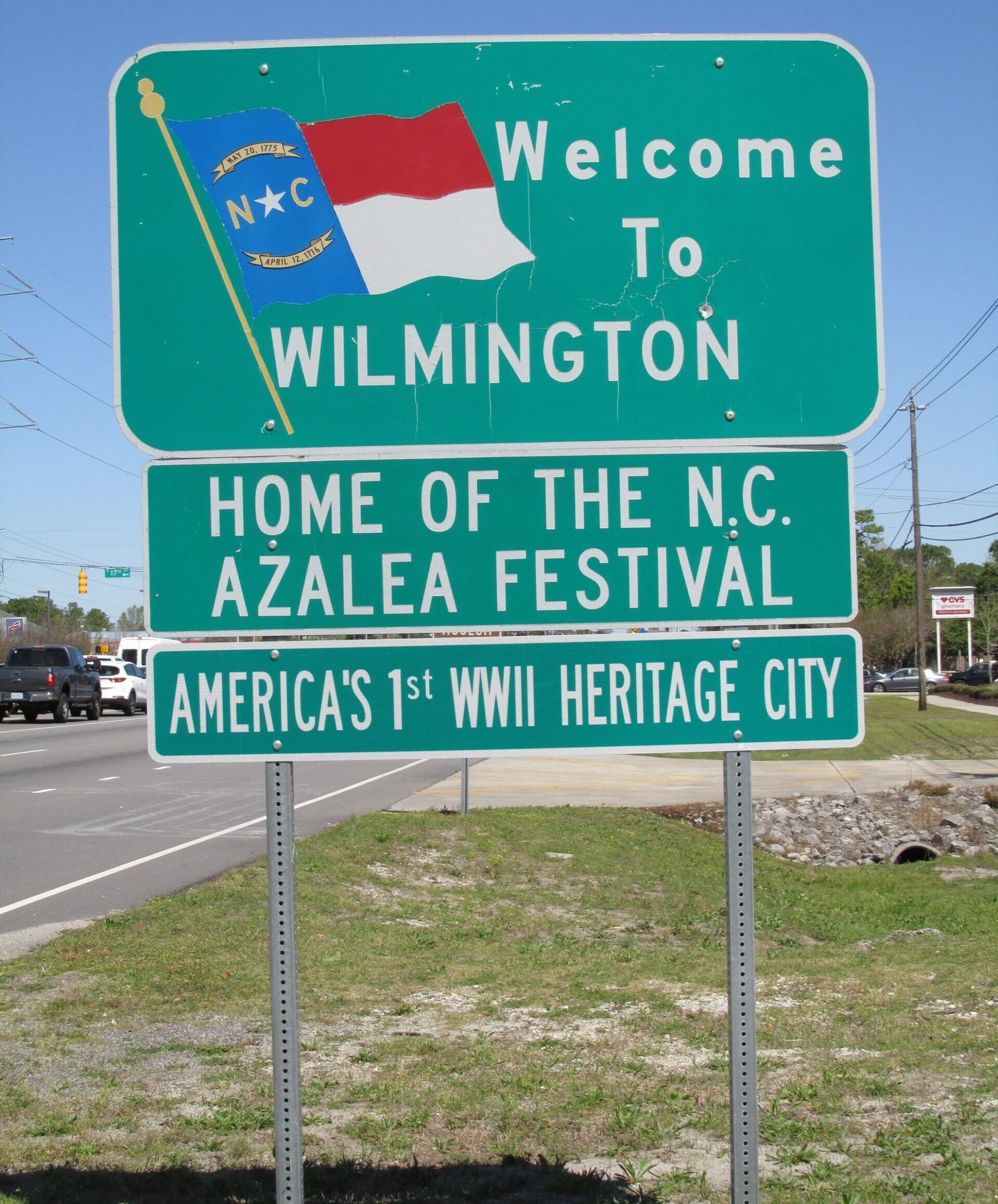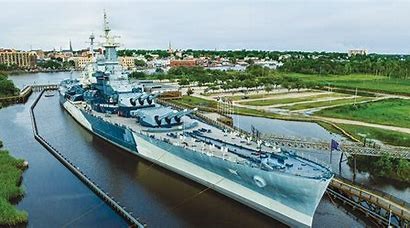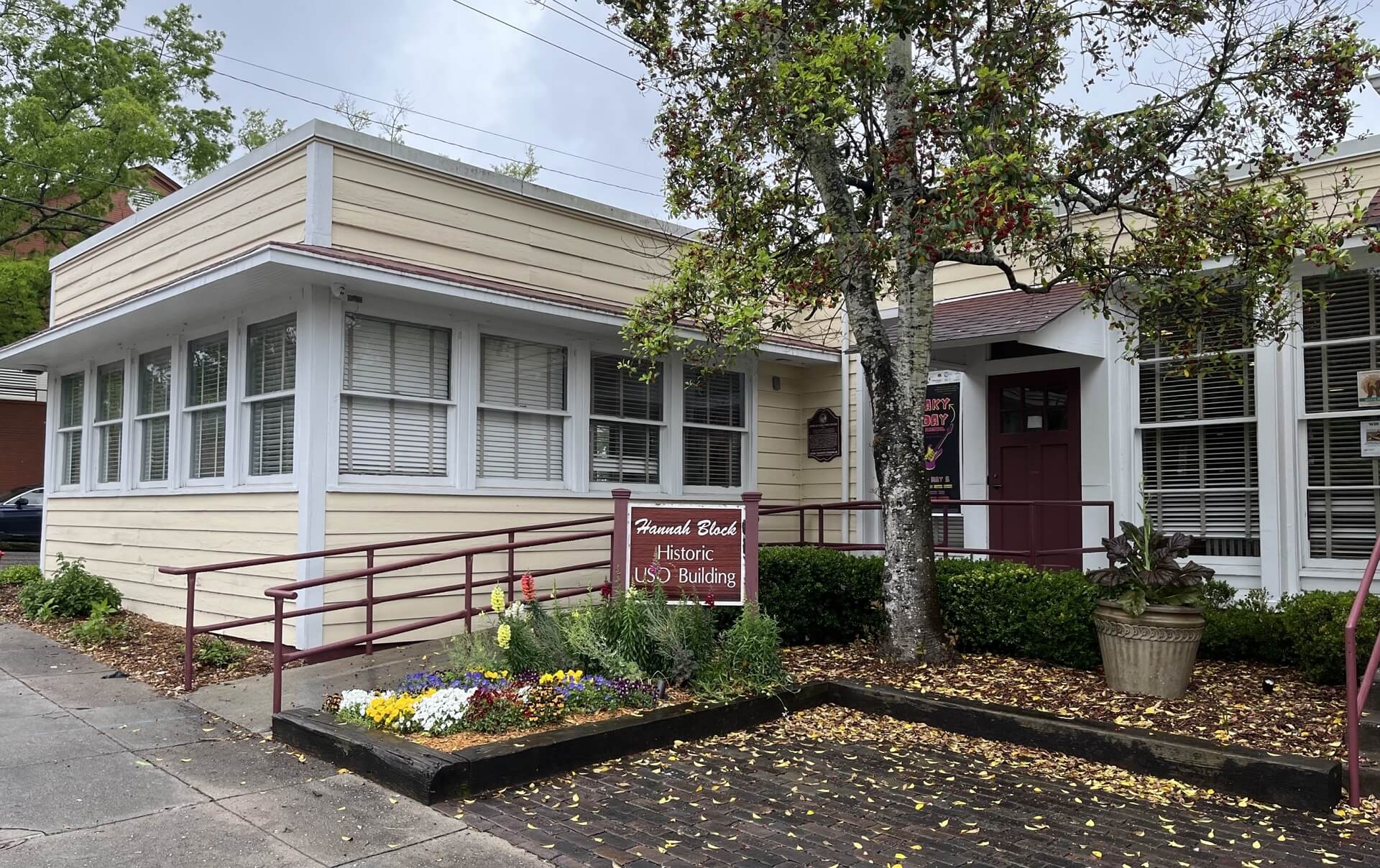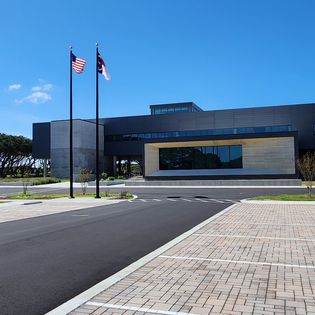On September 2, 2020, at the Battleship North Carolina, President Donald Trump announced the designation of Wilmington as America’s first World war II Heritage City…..signed by Trump in 2019.



During World War II, Wilmington was known as “The Defense Capital of the State.” Wilmington’s largest employer, the North Carolina Shipbuilding Company, constructed 243 cargo vessels. Strategic defense industries included fertilizer plants, pulpwood, creosote products, dairies, and concrete floating dry dock manufacturing. Wilmington was the site of the Atlantic Coast Line Railroad headquarters and a P-47 fighter plane training area. The city and its surrounding area hosted training for all American military branches, along with the British Navy. Thousands of Wilmingtonians joined the fight as Navy frogmen, P-51 fighter aces, Tuskegee Airmen, submarine skippers, bomber pilots, Marine riflemen, Army artillerymen, physicians, nurses, and volunteers.
New Hanover County tragically lost 248 men as a result of their courageous efforts to defend America. Two New Hanover High School graduates received the Congressional Medal of Honor: Charles P. Murray, Jr., Army (1938) and William D. Halyburton, Jr., Navy (1943). Other decorations include two Navy pilots awarded Navy Crosses for helping sink the Japanese carrier at the Battle of Midway, one Army Air Forces pilot awarded the Distinguished Service Cross for Midway, and one Army Distinguished Service Cross recipient (posthumously) for Normandy, in addition to numerous Silver Stars, Bronze Stars, Distinguished Flying Crosses, and Air Medals.
This national designation recognizes the countless contributions of the women and men who stepped into the workforce to support America’s successful campaign during World War II and the community’s efforts taken to preserve Wilmington those contributions. They include:
Wilmington has dozens of WWII heritage sites to explore. Browse the list and make your plans to visit them in person.

Berthed in downtown Wilmington on the Cape Fear River since 1961, the Battleship North Carolina is the state’s memorial to some 10,000 North Carolinians who died in service during World War II. The warship earned the most Pacific War battle stars of any battleship. Considered the “Crown Jewel” of Wilmington’s WWII history preservation, it is a major state tourist attraction and venue host of community events.

The Hannah Block Historic USO/Community Arts Center in downtown Wilmington, a preserved and restored World War II USO building, is the hub of Southeastern North Carolina’s World War II history preservation activities. A perfect blending of history and the arts, these include a lobby museum, dances, presentations, exhibits, theater productions, meetings, veterans salutes, and more. Considered the area’s WWII “Pride and Joy,” the building is listed on the National Register of Historic Places.

During World War II, from 1942-44, the Army utilized the historic Fort Fisher, a former Civil War fort near Kure Beach, as its advanced training and firing base for anti-aircraft artillery practice. Numerous units trained there after preliminary training at Camp Davis before deploying to combat theaters. In September 2024 the new Fort Fisher State Historic site visitors center opened with expanded exhibits and panels representing the site’s WWII role.
Memorial to World War II Medal of Honor graduates Charles Murray and Billy Halyburton at New Hanover High School (1922), considered the only high school with multiple such recipients.
Wilmington’s popular nature park on South 7th Street dedicated to New Hanover High School graduate Medal of Honor recipient, Navy Hospital Corpsman Billy Halyburton, killed in action in 1945 on Okinawa.
A marker at the corner of Shipyard Boulevard and Carolina Beach Road identifies the first camp. The marker at the corner of 10th and Ann Streets identifies the main camp.